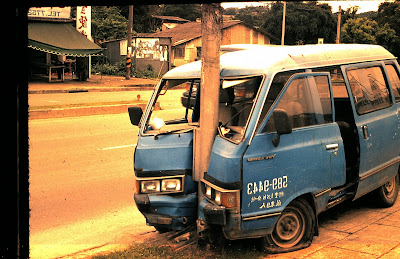It ties us to the founding of the University in the Japanese time when the crown prince of Japan, Hirohito, in the 1930's planted these Banyan trees. Whatever our origins, education binds us to this place.
Since I graduated from University of Minnesota in 1972, I have been a student in the following postgraduate colleges:
1972 University of Southern Texas for Negroes, Houston, Texas - Education
1973 University of Liberia, Monrovia, Liberia - Education
1975 University of Minnesota, Minneapolis, Minnesota - Mathematics
1988 Oregon Graduate Center, Hillsboro, Oregon - Compilers
1993 Taiwan National University, Taipei, Taiwan - Chinese
1997 University of Washington, Seattle, Washington, - Chinese
1999 University of Washington, Seattle, Washington, - Applied Mathematics
2009 Cheng Kung University, Tainan, Taiwan - Chinese
I can't say that I graduated from all of these programs but at least I gave it the old college try. And college is not an end in itself, but only preparation for better things.
The garden is something that connects us to the world beyond the academic walls. For example, movies are shot there:
Wedding pictures are happening, what can be more important than finding a mate for life.
Arts seem short changed in school but in our lives they are what we live for.
These events remind us that the world is much bigger than our small college experience.
If my blog has been a little rough at time, please forgive me, all I know about blogging I learned from this movie:

Special thanks go out to my wife, Florence Lee, who made this whole adventure possible.
Over and Out.






















































